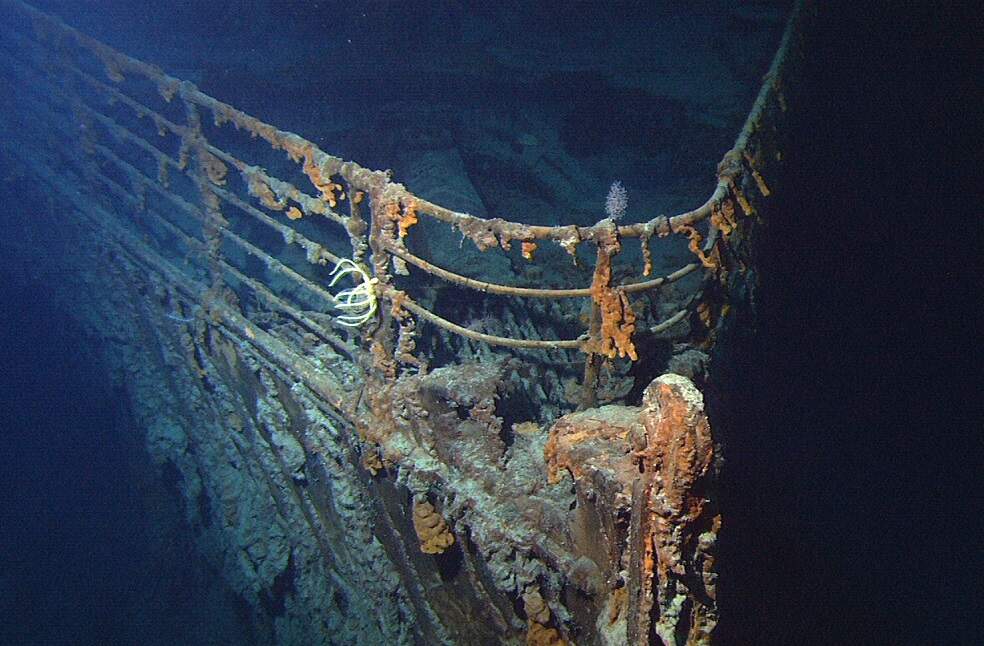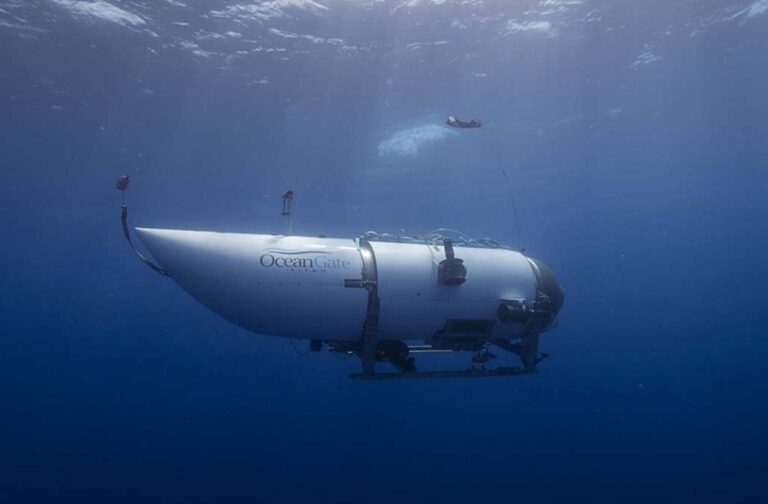Canada: A submersible measuring 22ft is believed to be trapped deep underwater with its exact location unknown, raising concerns for the five crew members on board. The vessel, referred to as the Titanic submersible, is facing a critical shortage of oxygen, leaving only a slim window of approximately 10 hours to locate and rescue the crew before it’s too late.
A multinational search team has entered its fifth day of scouring the sea and skies above the century-old wreck of the Titanic in an effort to locate a tourist submersible that went missing with five people on board. The minivan-sized submersible, named Titan and operated by OceanGate Expeditions, lost contact with its surface support ship during a dive to the famous shipwreck site in the North Atlantic. The submersible had an estimated 96 hours of air supply, suggesting that its oxygen tanks would likely be depleted on Thursday morning.
However, the actual timeframe of the air supply depended on factors such as the submersible’s power status and the conditions experienced by those on board. The search operation faced the challenge of locating the missing vessel, which might be intact, trapped, or damaged in the depths of the sea.

Hope was sparked by reports from Canadian search planes, which detected undersea noises using sonar buoys. Remote-controlled underwater search vehicles were redirected to the area where the sounds were recorded, but no significant findings have been reported yet. The French research ship Atalante, equipped with a robotic diving craft capable of descending to great depths, was en route to join the search efforts.
As the search continues, the US Navy is preparing to deploy its specialized salvage system to aid in lifting heavy objects from the sea floor. The uncertainty surrounding the fate of the missing submersible has kept hopes alive, with officials emphasizing the need for continued efforts in the ongoing search-and-rescue operation.
Efforts are underway to locate the submersible promptly and launch a rescue mission, recognizing the urgent need to reach the crew before their conditions deteriorate further. The situation serves as a stark reminder of the perilous nature of submersible operations and the crucial importance of safety measures to ensure the well-being of those exploring the depths of the ocean.



